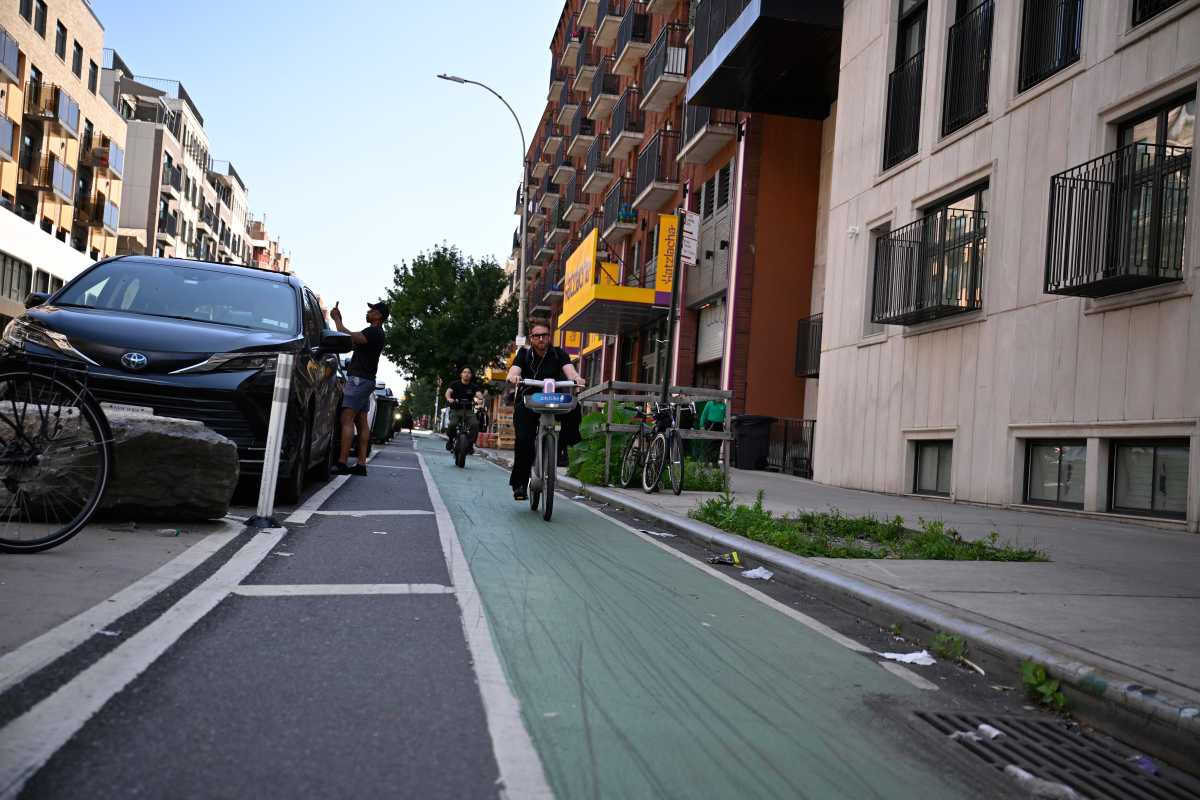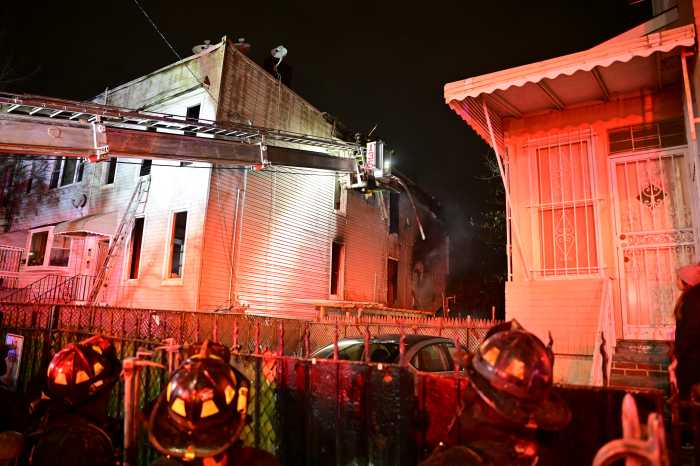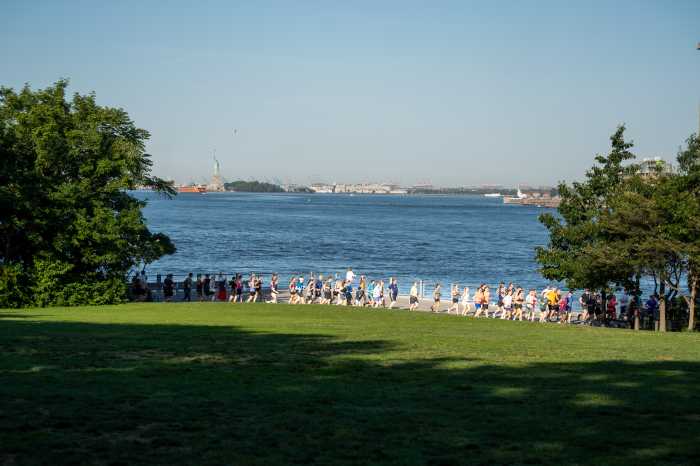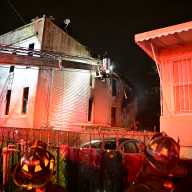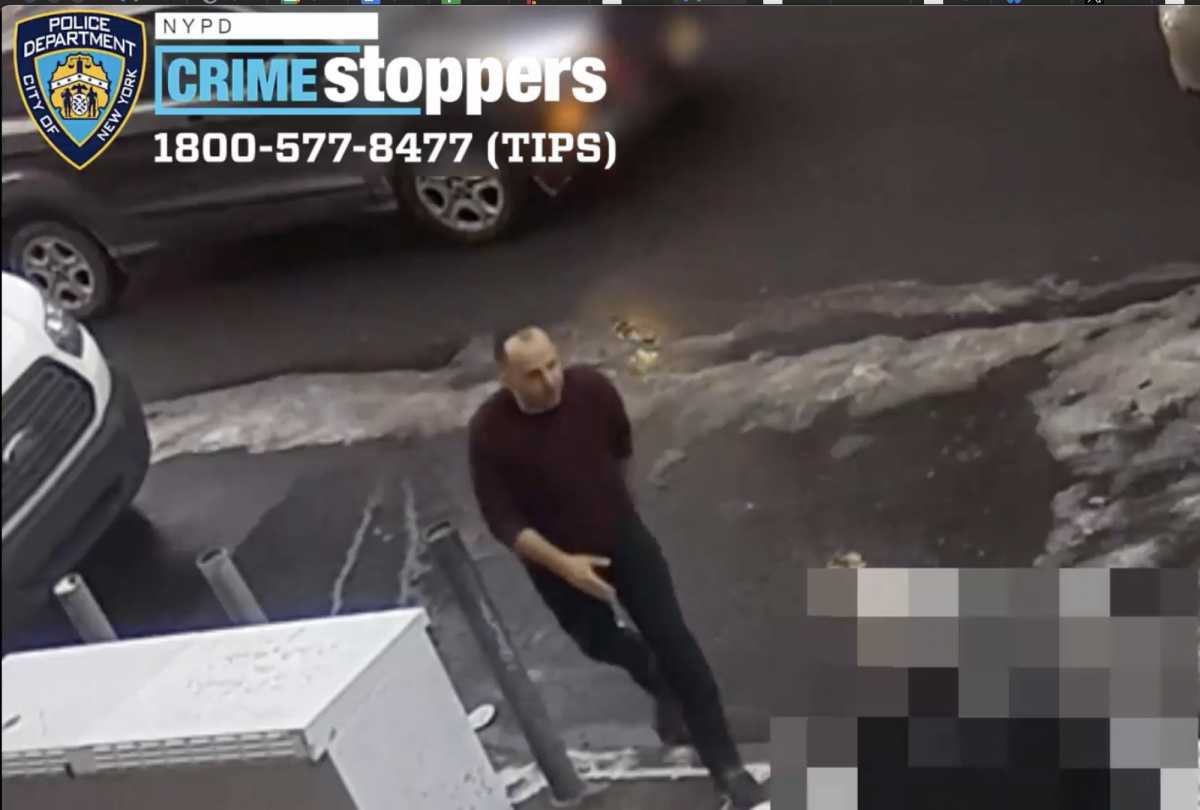The Adams administration will be allowed to remove part of the Bedford Avenue bike lane as a legal battle about the lane’s long-term future continues.
On July 16, a state appellate court issued a temporary restraining order that prevented the city from removing or modifying the lane after local Baruch Herzfeld, his son, and advocacy group Transportation Alternatives filed to to appeal the Brooklyn Supreme Court’s decision to toss their lawsuit against Mayor Eric Adams and the Department of Transportation. Peter Beadle, the lawyer representing Herzfeld and TransAlt, also requested a preliminary injunction that would have kept the lane in place until the appeal is officially decided.
A panel of appellate judges on Monday ended the restraining order and rejected the preliminary injunction, allowing the city to remove three blocks of the parking-protected bike lane between Flushing and Willoughby avenues and replace it with a standard painted lane. The decision does not affect the appeal itself, and the case will continue.

“By reverting a safe street to a dangerous one, Mayor Adams is exposing the City of New York, and as a result, all taxpayers, to significant financial and legal liability when New Yorkers are inevitably hit, seriously injured, or killed on Bedford Avenue,” said Transportation Alternatives spokesperson Alexa Sledge, in a statement, “The City’s legal liability has been firmly established in court documents filed by his own Department of Transportation. Settling lawsuits isn’t cheap, and New York City taxpayers will be on the hook for the mayor’s blatantly political decision-making.”
The city installed the protected Bedford Avenue bike lane last fall in an effort to make the notoriously-dangerous stretch safer for cyclists, pedestrians, and drivers. DOT data showed that injuries on Bedford Avenue between Flushing and DeKalb avenues dropped 47% after the lane was installed, per court documents.
Mayor Eric Adams abruptly decided to remove three blocks of the parking-protected lane in June in response to outcry from local Orthodox leaders. Several children have been hit by cyclists in the lane between Flushing and Willoughby avenues, most while crossing the street after exiting school buses and cars mid-block. DOT attempted to remedy the issues by installing designated bus loading zones, court documents showed, but they were frequently blocked by illegally-parked cars or ignored. The agency warned that taking out the protected bike lane would likely make the street more dangerous and could open the city up to litigation, and proposed alternatives like re-routing part of the lane.
In a document filed with the appellate court, the city argued that the data showing a 47% reduction in injuries did not include incidents not reported to police, including several handled by volunteer ambulance service Hatzalah. It further claimed that the “largest contributor to improved safety” were intersection enhancements, which will remain in place after the protected bike lane is removed.
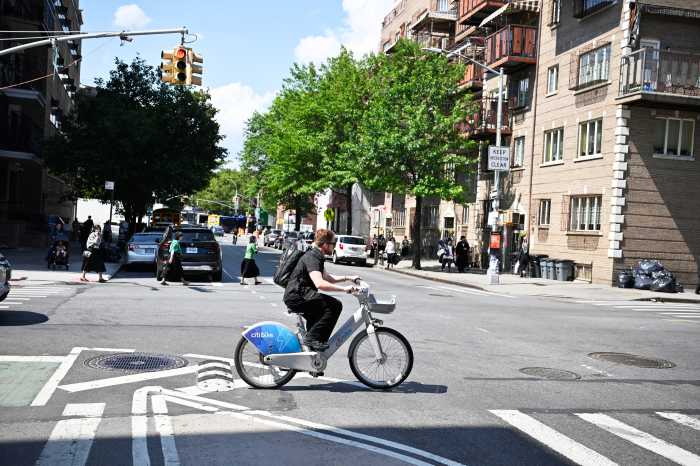
” … the City has demonstrated that the planned modification to the bicycle lane is a rational compromise to address the specific safety concerns unique to the portion of Bedford Avenue at issue, while preserving the critical safety enhancements made to intersections where the majority of collisions and serious injuries occur,” the city’s lawyers wrote in the filing.
In a statement, City Hall spox Sophia Askari said the administration had moved to “reconfigure the bike lane to its original model while still maintaining safety measures.”
“Following an unnecessary back and forth, the outcome couldn’t be clearer: two separate courts have affirmed our ability to move forward with this reconfiguration,” Askari said. “We look forward to finally being able to deliver for the families of Williamsburg.”
A final decision is likely to take months, and if the court were to rule against the city, it would be forced to reinstall the parking-protected bike lane.
Beadle said it’s difficult to prove a high enough “burden” to win against government agencies in court, even temporarily. He had hoped that the DOT’s warning against removing the lane would bolster the case to protect the lane while the appeal is in limbo.
“I think this decision today just reflects that it is a very high burden because governments are, unfortunately, allowed to do stupid things, and that’s what this is, it’s a stupid thing,” he said. “It’s definitely not data-driven, it’s not road safety driven, and it could end up costing the city tons of money.”
Update 7/29/25, 9:50 a.m.: This story has been updated with comment from City Hall.


